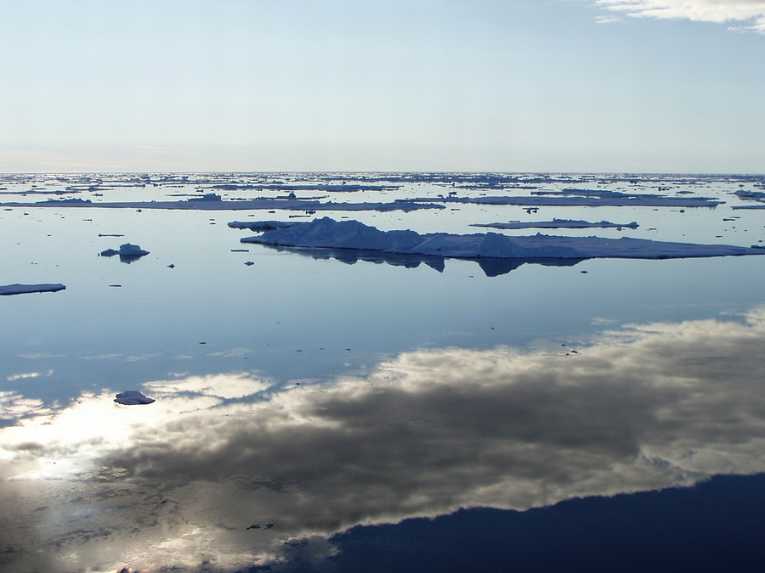The Arctic is at the front line in climate change and conditions there are changing so quickly it's becoming hard for scientists to accurately measure and predict how the sea ice will change.
While scientists can look ahead with some assurance of accuracy over a period of months - the conditions in autumn are a decent predictor of the size of the Arctic sea ice the following summer - when the time scale extends to years it has become almost impossible to make predictions.
Scientists from the University of Washington have used complex computer models to try and understand how the ice is reacting to warming.
Edward Blanchard-Wrigglesworth is a University of Washington doctoral student and lead author of a study published in Geophysical Research Letters. He said: "Current trends are so strong that it takes five years to establish a new mean."
This summer, according to the American National Snow and Ice Data Centre, Arctic sea ice cover was 36% lower than the minimum averaged between 1979 to 2000, just beating the record for the lowest extent in 2007.
The University of Washington study used the Community Climate System Model version 4 which has provided the best simulations of ice decline so far.
They discovered that measuring the extent and thickness of ice in September was a good way to predict how the ice would react in the next summer, providing important information for shipping lines and oil companies as well as Arctic inhabitants and those trying to save the local wildlife.
With satellites now providing excellent information on the area covered by the ice, scientists are turning their attention to gaining accurate measurements of ice thickness.
Following their investigation the study authors say they believe climate computer models are probably accurate in their prediction that the Arctic seas will be ice free in summer by around 2050.
Top Image Credit: © Jan Martin Will










